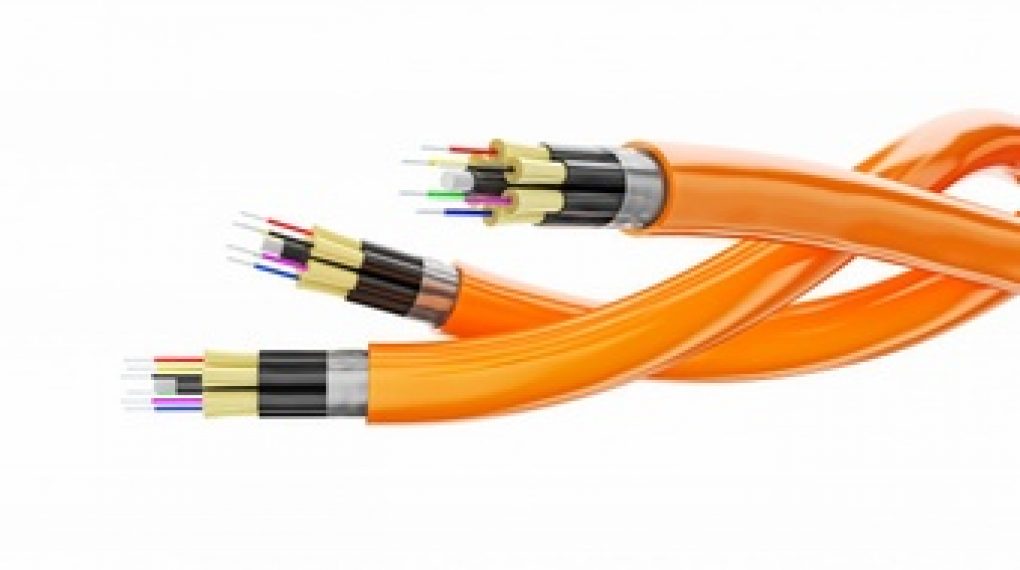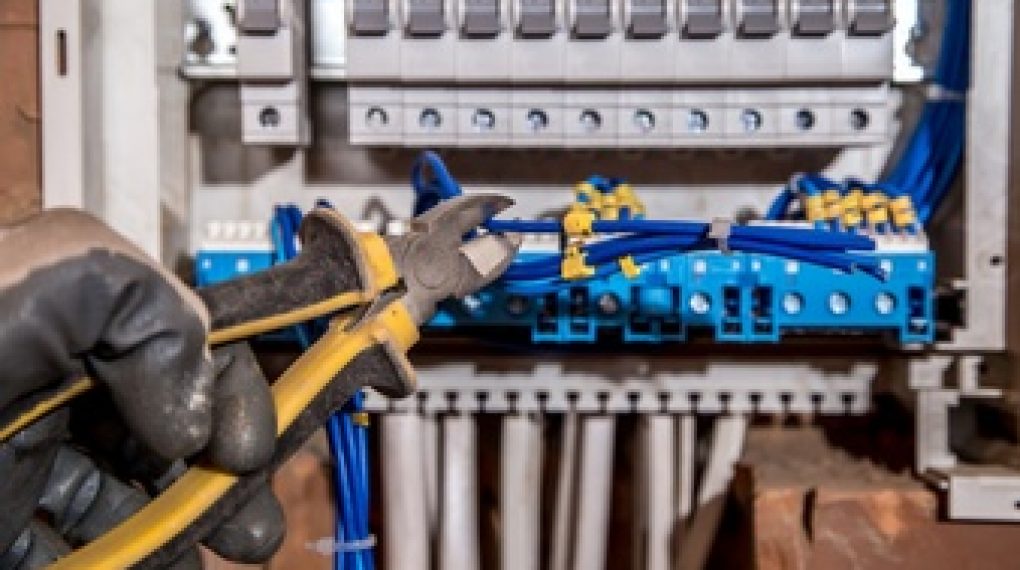
When your business relies on the proper operation of equipment or devices, ensuring that they have the right sort of power connection is paramount. Both busbars and cables are used within various settings to provide power, but which is right for your business needs?
We’ve covered the main differences and advantages each can provide below, giving you a handy reference guide when considering whether to install busbars or cables.
Defining busbars and cables:
Busbars are metal bars that are used to carry large amounts of electric current, typically made of brass, copper, or aluminum. You’ll typically find these within electric panels distributing power across circuit breakers. They won’t have any inherent insulation but will be housed within their own enclosure for safety.
Cables are formed from various strands of the metal wound together to provide a conductive material that can carry an electrical current from a power source to a required destination. They will be coated in an outer jacket to provide protection from the current. This is something which busbars lack, requiring additional grounding products to right protection which cables have.
Key differences between busbars and cables:
Cables can be flexible solutions when looking to provide power within a building. Their sheaths mean that they can be safely installed in areas where people will be nearby. Cables will typically need to be suspended from something or attached at points in order to secure them, and multiple cables may be installed together in order to power several things nearby.

Busbars are become more and more popular within the construction industry, providing a convenient way to provide mid-to-high levels of power. They can take up less space than cabling and has less voltage loss when compared to cables. As busbars have no outer jacket for additional insulation, in the event of a fire you may find that busbars are safer. There’s nothing to burn surrounding it, meaning no toxic gases are given off.

Should you use busbars or cables?
There are a few factors to consider when looking at which to use when looking to plan our engineering decisions. Cables can be easier to re-route to provide power at other locations, but busbars can provide a simpler solution by moving a tap to the new location. Busbars can also act as their own heat sink, rather than using cabling which then requires an independent heat sink.
Essentially, there are merits to using both – which is what will happen in many cases. Using the most effective solution at different points within your installation will allow you to get the best from both. Telecommunications projects, data centers, factories, and more will use a combination of the two in order to provide power in the most efficient way possible.
Consider the overall cost which your power system will incur and decide what the best components to use at each point would be. The two are used together to distribute power effectively, so review your requirements and make informed decisions.






